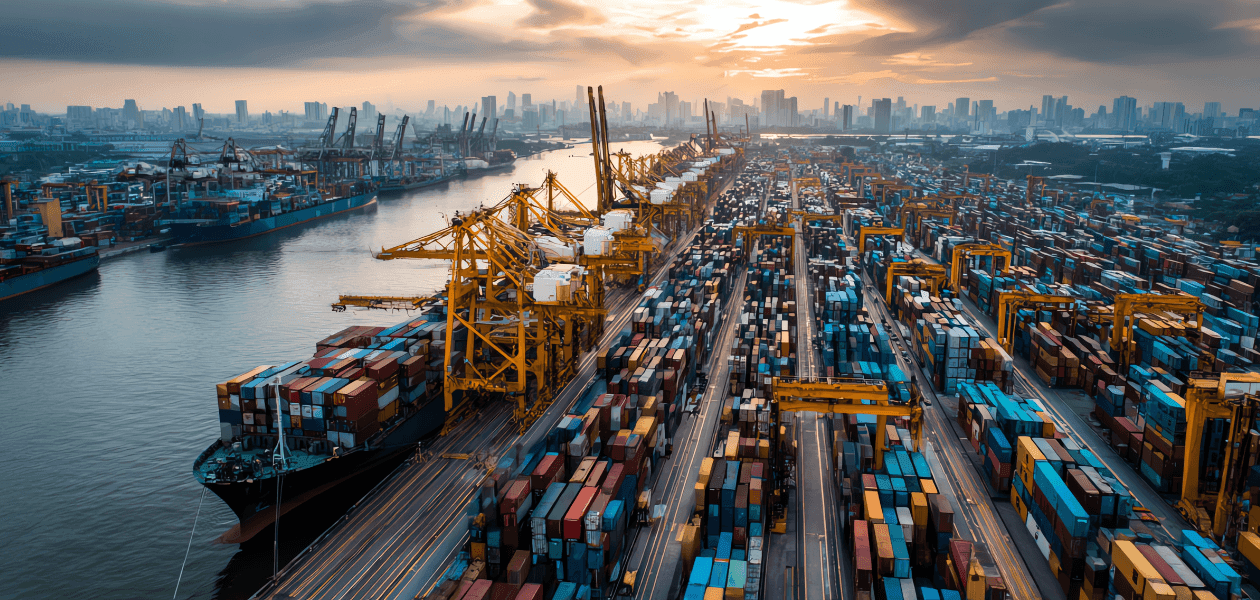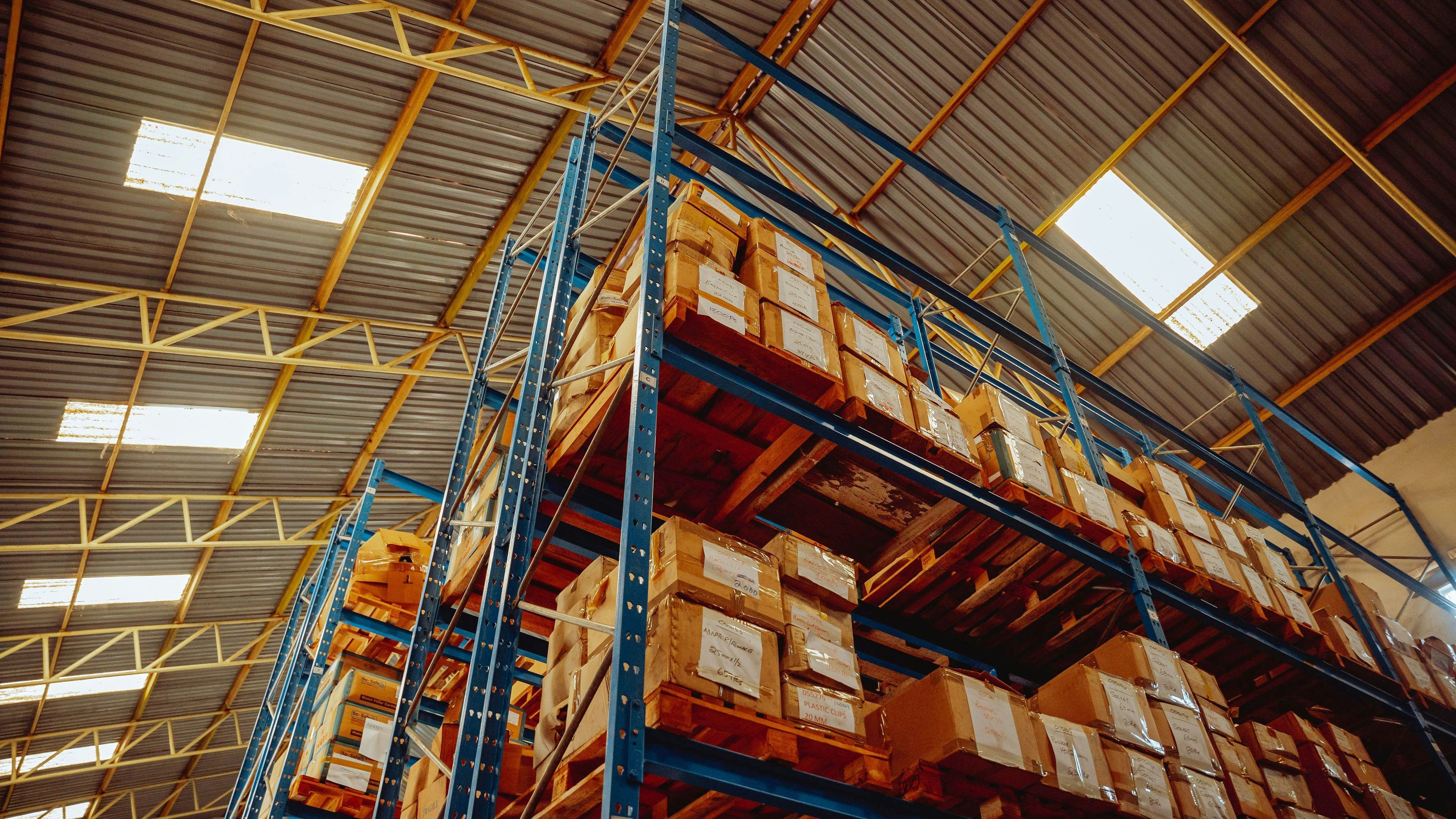Critical Raw Materials: The Next Scope 3 Challenge
Europe’s supply chains are under new pressure. Cutting emissions remains high on every company’s agenda, but a new layer is now coming into focus: critical raw materials.

From lithium and cobalt to rare earths and graphite, these materials are the backbone of Europe’s green and digital transition, powering batteries, wind turbines, semiconductors, and electric motors. Yet almost all of them come from outside Europe, and most are processed in China.
According to Eurostat, 95% of the EU’s rare-earth imports in 2024 came from just three countries: China, Malaysia, and Russia, highlighting how concentrated Europe’s material supply remains.
In April, China introduced new export licensing for seven medium and heavy rare earth elements and related magnets, followed in October by plans to broaden the restrictions to include additional elements, graphite, and processing expertise. The newer October measures have been temporarily paused for one year after U.S.–China talks, but the April regime remains active, requiring export licenses and continued administrative oversight.
Even if temporarily paused, these developments have highlighted just how vulnerable most companies remain to China’s dominance in rare earths and other critical materials. The episode underscored that Europe’s supply dependencies are not only an economic risk but also a geopolitical one.
As the EU tightens sustainability regulations and the global race for resources accelerates, the question for businesses is no longer just how to decarbonize supply chains, but also how to secure and understand the materials behind them.
The EU’s Critical Raw Materials Act (CRMA), in force since May 2024, is Europe’s response to these challenges. While the law already applies, its requirements will phase in gradually through 2031, with the first corporate obligations beginning in 2025.
The Act sets clear targets for 2030:
It also limits reliance on any single non-EU country to 65% of total supply.
The source.
For companies, the CRMA introduces a new level of accountability. Large manufacturers in sectors such as batteries, energy, automotive, and electronics will need to identify their exposure to strategic materials, assess risks, and take steps to mitigate them, for example, by diversifying suppliers or exploring substitutes.
At the same time, the Corporate Sustainability Reporting Directive (CSRD) and its European Sustainability Reporting Standards (ESRS) broaden the scope of disclosure. Under ESRS E5 – Resource Use and Circular Economy, companies must report how they source, use, and recover materials, disclose dependencies on critical raw materials, and outline strategies to improve material efficiency and circularity across their value chains.
Together, these rules make resource transparency a core part of sustainability reporting rather than a voluntary exercise.
In short, CRMA and ESRS E5 aren’t just new sustainability rules. They form the backbone of a strategic industrial policy that makes supply chain visibility and resource resilience a business imperative.
Many companies have started building systems to track emissions, but even there, data quality and supplier coverage remain major challenges. When it comes to materials, visibility is even lower. Most organizations still struggle to answer basic questions about where their materials come from, who processes them, and how dependent their suppliers are on high-risk countries. This is especially true for complex components made from various materials across multiple production steps, where critical raw materials are often embedded deep within the value chain.
The challenge is not lack of awareness but lack of data and of connected information. Material composition and the content of critical raw materials for complex inputs are often unknown, and emissions, material, and supplier data often sit in separate systems, spread across departments, product bills of materials, and supplier declarations. Data hubs and platforms that support sharing information on the resource content of input products along supply chains, such as the International Material Data System (IMDS), are not yet widely available or complete. Because this heterogeneous data rarely reaches a common data system, procurement experts lack the consolidated view needed to see where supply dependencies converge. A different approach is needed, one that builds visibility without relying on supplier input.
For many, this will mean extending the logic of Scope 3 beyond carbon by tracing flows of materials alongside flows of emissions.
That’s where ctrl+s comes in.
Our platform enables organizations to understand resource use and material dependencies without relying on supplier input. Based on existing procurement data and a sophisticated model of international trade flows and the economic interdependencies of industries, ctrl+s simulates the supply chain, mapping resource flows all the way to the factory gate.
This approach offers a shortcut to understanding material use across all strategic and critical raw materials, from cobalt and lithium to rare-earth elements. Within days, companies gain high-resolution insights into where supply chain risks and dependencies truly lie — by mass of purchased products, by material composition, or by material type.
The result is a comprehensive statistical analysis of resource inflows, designed to prepare organizations for CRMA and ESRS E5 compliance, without the manual effort required for supplier data collection.
Procurement and sustainability teams use ctrl+s to provide the data basis for raw-material due diligence and to:
The result is a more complete and data-driven view of supply chain sustainability that connects emissions and materials in one system.
The CRMA marks a turning point for European industry. Companies that understand both their carbon and material footprints early will be better positioned to secure supply, meet sustainability targets, and stay ahead of regulatory change.
ctrl+s helps turn compliance into competitive advantage, transforming existing procurement data into actionable insight for the next generation of supply chain sustainability.
Learn how ctrl+s can reveal your exposure to critical raw materials and support CRMA readiness.
Get in touch with us
Europe cannot decarbonize without also addressing its material dependencies. The companies that act on both will lead the next chapter of sustainable supply chains.
